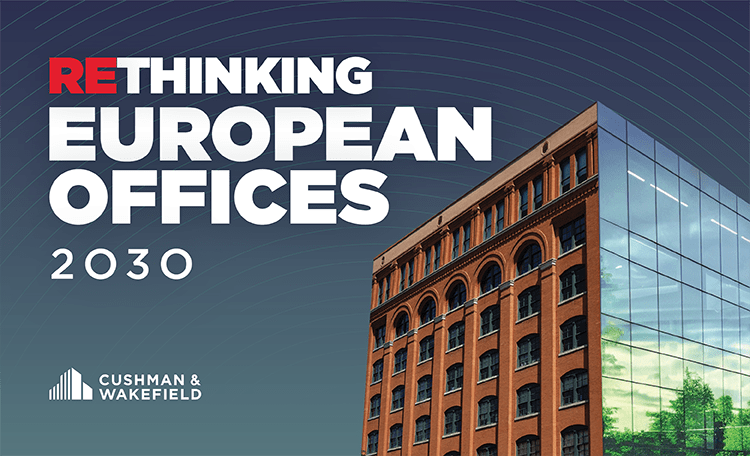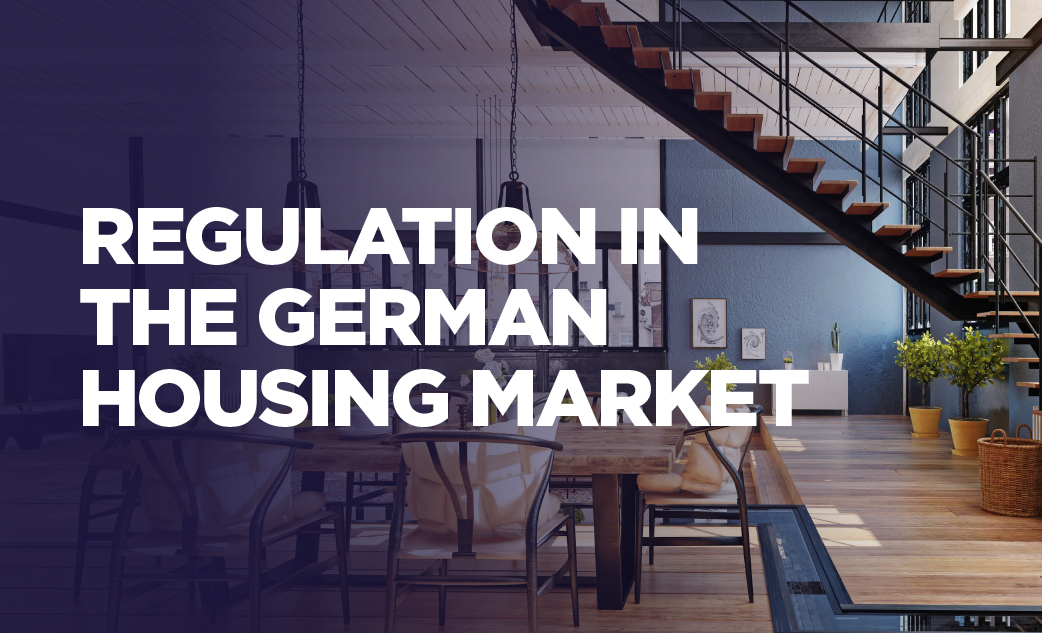In the first half of 2021, a total take-up of 1.1 million square metres was achieved in the top-5 office markets. This corresponds to the level of the same period last year, but is around 25% below the H1 five-year average. For 2021 as a whole, Cushman & Wakefield expects take-up to reach 2.5 million square metres.
Berlin also capital of office take-up
Berlin recorded the highest office take-up, at some 375,000 square metres. Followed by Munich with 236,000 square metres and Hamburg with 210,000 square metres. Frankfurt with 171,500 square metres and Düsseldorf with 104,000 square metres. It is striking that only Munich and Düsseldorf fell short of the previous year's take-up. Frankfurt recorded the largest increase of 57 %.
Of the total of 17 deals involving more than 10,000 square metres of office space, corresponding to 22 % of total take-up, nine were in Berlin alone. However, the largest deal of the second quarter was concluded in Frankfurt with pre-leasing by Nestlé Germany of some 20,000 square metres in the "Kreisler" development project near the main railway station.

"After several months of 'shock paralysis' or maintaining a wait-and-see attitude, an increasing number of companies are actively reviewing their future office situation. Following the ending of compulsory working from home, they are considering the prospects for their workforces returning to the office. In order to inspire employees to do this, attractive offices that enable modern and flexible working are certainly more motivating than the rigid specification of just setting a date. In addition, the experiences of the past months will influence those responsible in the long term and prompt new considerations when renting future space," comments Christian Lanfer, Head of Office Agency Germany at Cushman & Wakefield.
Expansion of supply due to rising vacancy and project completions
Vacancy increased to 3.7 million square metres in Q2. This corresponds to a vacancy rate of 4.8% (+0.2 percentage points from Q1/2021; +0.9 percentage points compared to Q2/2020). Among the major markets, Frankfurt has the highest vacancy rate at 950,000 square metres or 8.1%.
By the end of the year, a further slight increase in vacancy is expected in all markets despite stabilising take-up; ranging between 0.1 percentage points in Düsseldorf and 0.4 percentage points in Munich.

In the first half of 2021, around 530,000 square metres of new or refurbished office space was completed. A total of 1.8 million square metres of newly-completed office space is expected for 2021 as a whole and some 2.5 million square metres for 2022. This would be a significant rise from last year (2020: 1.2 million square metres) and above the five-year average of 935,000 square metres.
Currently, 4.25 million square metres of office space is under construction. A good half of this space is already let or is for owner-occupation. The highest level of construction activity is currently in Berlin (1.7 million square metres) and Munich (1.3 million square metres).
Further increases in rents are being seen
In Berlin the monthly prime rent has risen by 1.00 euro to 39.00 euros per square metre and in Munich by 0.50 euro to 40.00 euros per square metre. In the other three major markets it has remained stable.
The prime rent index for the top-5 markets stands at 140.8 points (2010=100) at the end of the second quarter of 2021. In the past three months, prime rents have risen by an average of 0.9%.
A further increase of a similar magnitude is expected to the end of the year. The average rent index is slightly higher at 147.4 points. The reason for this is that average rents have been rising more strongly than prime rents since summer 2019.
More rent-free periods
Over the course of the year incentives, particularly in the form of rent-free periods, have increased in all top-5 markets. On average, such incentives amount to approximately 6% based on a 5-year lease in prime city centre locations. In comparison, incentives bottomed-out at 2% at the end of 2019.






